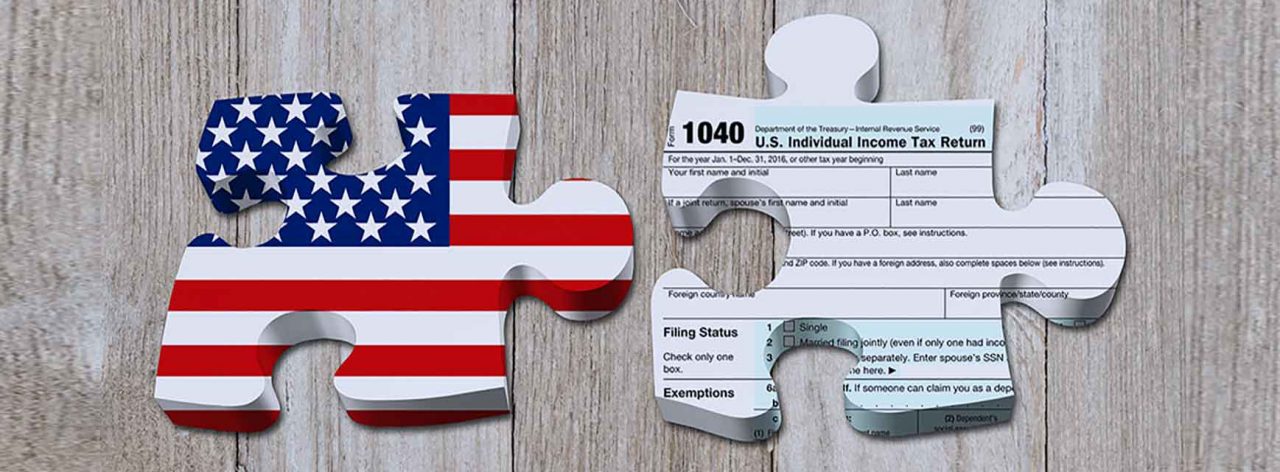Current Position and Key Changes
Currently, most death benefits from registered pension schemes are not regarded as part of the deceased’s estate for Inheritance Tax (IHT) purposes. However, an exception applies to non-discretionary death-in-service benefits, which are presently included in the estate for IHT assessment.
From April 2027, the IHT regulations will undergo significant changes. Most lump sum death benefits from both defined benefit (DB) and defined contribution (DC) pension schemes will be included in the deceased’s estate and subjected to IHT. Certain exceptions will remain, such as dependants’ scheme pensions (including those paid to a spouse or child), all death-in-service benefits (irrespective of whether they are discretionary), and potentially charity lump sum death benefits, although the draft legislation has not yet confirmed this final point.
IHT Reporting and Payment Responsibilities
Under the revised regulations, pension schemes will no longer bear the responsibility for paying Inheritance Tax (IHT). Responsibility for these payments will transfer to the deceased’s personal representatives (PRs), who are required to report the death benefits and settle any applicable IHT.
Beneficiaries receiving benefits valued at £4,000 or more may request the scheme to handle the IHT payment on their behalf. However, pension schemes are not mandated to provide this service for benefits below the specified threshold.
To facilitate a seamless process, new legal requirements will be introduced mandating that both personal representatives and pension schemes share relevant information. These obligations will be outlined in forthcoming draft regulations, which are anticipated to undergo a consultation process prior to finalisation.
Implications for Pension Schemes and Trustees
Although pension schemes will no longer be subject to Inheritance Tax (IHT) liability, they are required to update their administrative procedures and member communications by April 2027.
Trustees are advised to remain informed about the final regulatory guidance, particularly regarding information sharing protocols. It is recommended that schemes notify members of the IHT changes, encourage a review of their death benefit nominations, and provide clear information about which benefits may be subject to taxation.
Guidance for Employers
Employers are not obliged to take any action regarding death-in-service benefits, as these will remain fully exempt from Inheritance Tax under the new proposals. Consequently, employers may continue offering such benefits without any changes.
Overall
From April 2027, most lump sum death benefits from pensions will be subject to Inheritance Tax, with personal representatives responsible for reporting and settling the tax. Although this change exempts pension schemes from tax liability, it introduces new duties concerning communication and administrative requirements.







